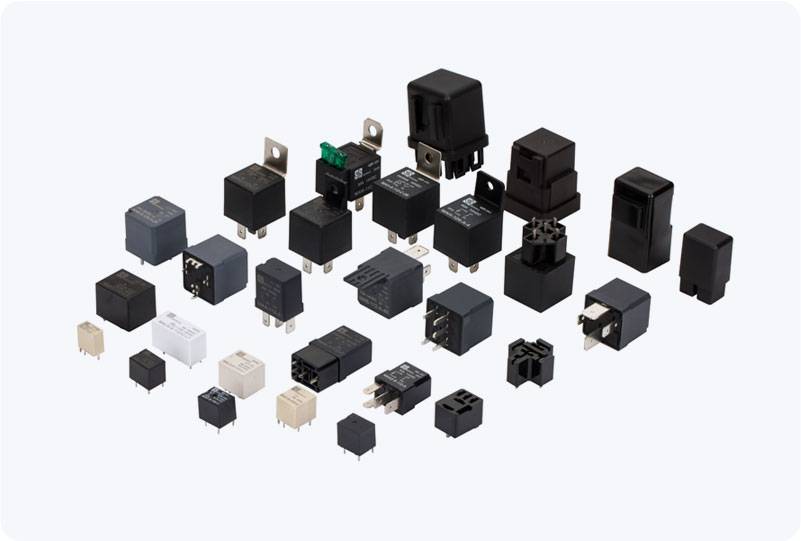relay failure modes in cars: understanding common issues and solutions
Release time:2025-08-20 07:53:39
Relays are essential components in modern vehicles, playing a key role in controlling various electrical circuits. From powering lights and motors to activating sensors, relays manage electrical signals that control critical systems in a car. However, like any electrical component, relays are susceptible to failure. Understanding the different relay failure modes in cars is crucial for diagnosing electrical problems, maintaining vehicle performance, and preventing costly repairs. In this article, we will explore the most common relay failure modes, their symptoms, and how they can be addressed.

1. Sticking Contacts
One of the most frequent causes of relay failure is sticking contacts. Relays function by using an electromagnetic coil to close or open internal contacts, thus completing or breaking the electrical circuit. Over time, these contacts can become worn or dirty, preventing them from properly opening or closing. A sticking contact can cause a component to either remain powered on or off unexpectedly. For example, if a fuel pump relay's contacts stick, the fuel pump may continue running even after the engine is turned off, leading to fuel waste or battery drain.
The primary cause of sticking contacts is wear and tear from repeated use. Exposure to heat, moisture, or dirt can also exacerbate this issue. In some cases, the relay may click on and off intermittently, signaling that the contacts are not engaging correctly.

